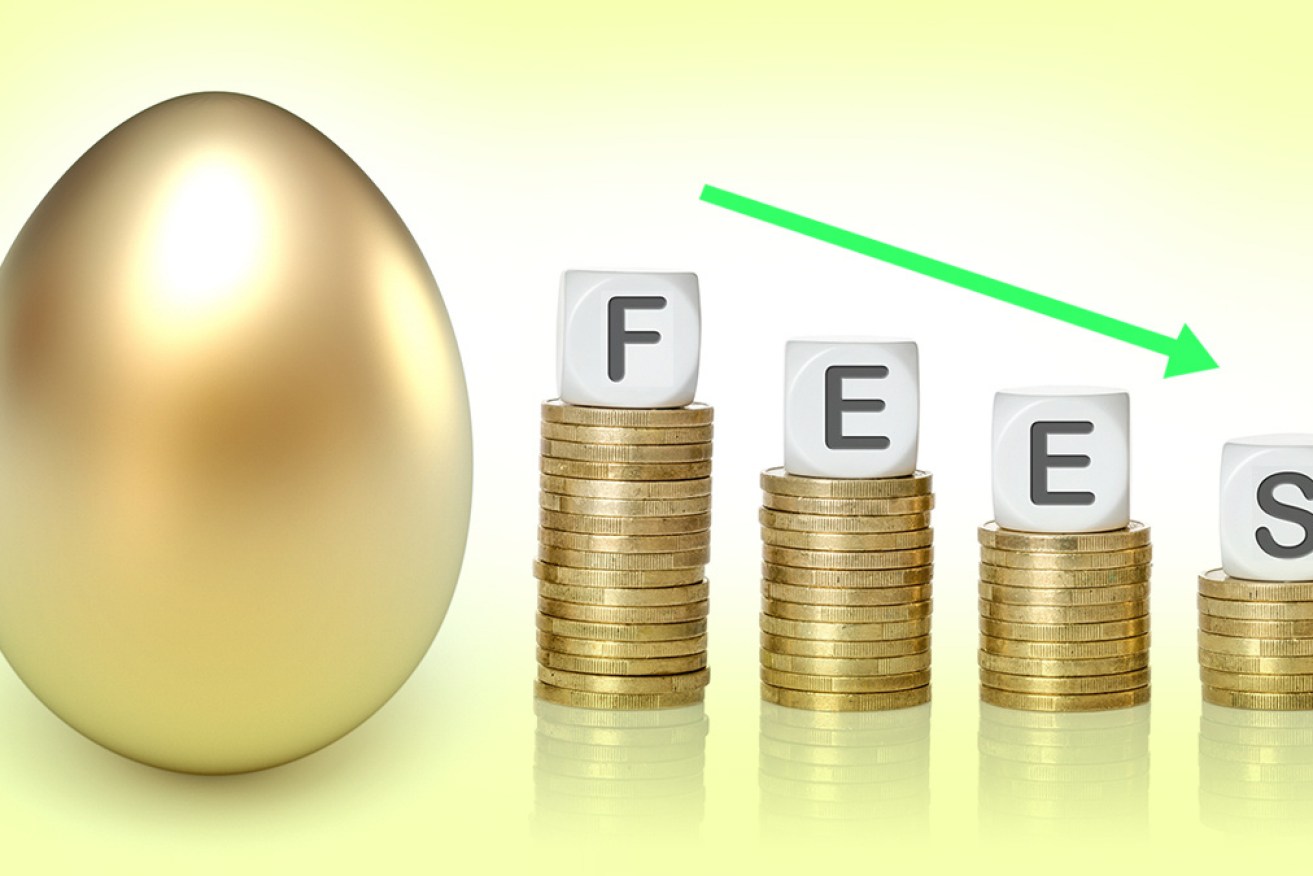Superannuation account fees fall for 42 per cent of members


Superannuation fees have fallen, thanks to pressure from APRA. Photo: TND
Superannuation fees are falling in response to APRA’s move to name and shame poorly performing funds with the release of its ‘MySuper HeatMap’ last December.
The financial regulator has kept the pressure on throughout the pandemic, releasing another heatmap at the end of June that showed fees had fallen for millions of superannuation members.
APRA found that funds servicing 6.1 million members of MySuper default funds, or 42 per cent of the market, had reduced account fees by a collective $110 million a year.
 Overall, the reductions deliver members an average of $7 extra per year across the market, as the above table demonstrates.
Overall, the reductions deliver members an average of $7 extra per year across the market, as the above table demonstrates.
That figure rises to $33 if you only include funds that reduced fees, with the average fee increase in funds that raised fees coming in at $20.
“It’s pleasing to see that millions of members are already paying less in total fees, especially given the additional challenges and operational costs funds have faced in relation to COVID-19,” APRA deputy chair Helen Rowell said.
“Furthermore, some funds and products have closed, and transferred their members to better-performing products.”
But there was also some bad news with some funds staying in the APRA heatmap’s “red” zone, which indicates fee levels well above the market norm.
Ms Rowell described that as “disappointing.” But she said APRA would keep up the pressure as “it’s clear we can’t be complacent”.
The financial regulator released its December heatmap as part of a plan to shrink the number of super funds by pressuring under-performers to merge, close or at least lift their game.
Chant West research chief Ian Fryer said funds were already under pressure to merge before APRA’s move.
“Investment fees have come down in the past few years, while administration fees have actually increased a little in some funds,” Mr Fryer said.
As the above table shows, both industry and for-profit retail funds have seen investment fees drop over the past two years in the MySuper default category, in which the majority of Australians invest.
The average cost of managing investments across the industry has fallen from 0.79 per cent of funds under management to 0.70 per cent, “which is a significant fall,” Mr Fryer said.
Industry funds have experience a slight increase in administration fees but still charge much less than retail funds, which have experienced a slight fall in administration costs.
Costs are not everything
Although it’s good that fees are falling, Mr Fryer said lower investment costs are “not the main game”.
“We don’t want to see funds move to providing simpler portfolios that have lower returns. The main game is the total returns after costs, not the costs themselves,” he said.
Industry funds have higher investment costs than retail funds because they invest in more complex products, such as unlisted infrastructure, private equity and hedge funds.
They are more costly than investing in shares and listed products but produce stronger returns, Mr Fryer said.

Lower fees mean more to spend in retirement.
Meanwhile, Industry Super Australia CEO Bernie Dean said investment fees were dropping in the industry funds sector through investment innovation.
“We’re starting to see the benefits of scale translate into lower fees through things like in-housing of some investment functions in some industry funds,” Mr Dean said.
“Industry super funds are actively exploring options to obtain scale benefits for members including mergers – most of the activity is occurring in industry and public sector funds.”
Although fees are important, Mr Dean said they are only “part of the story – net returns are most important”.
To date, APRA has only included MySuper products in its heatmaps but Mr Dean said this was not enough.
“We would like to see an extension of heatmaps to choice super products, which is where the highest fees and poorest performance exist”.
The New Daily is owned by Industry Super Holdings









